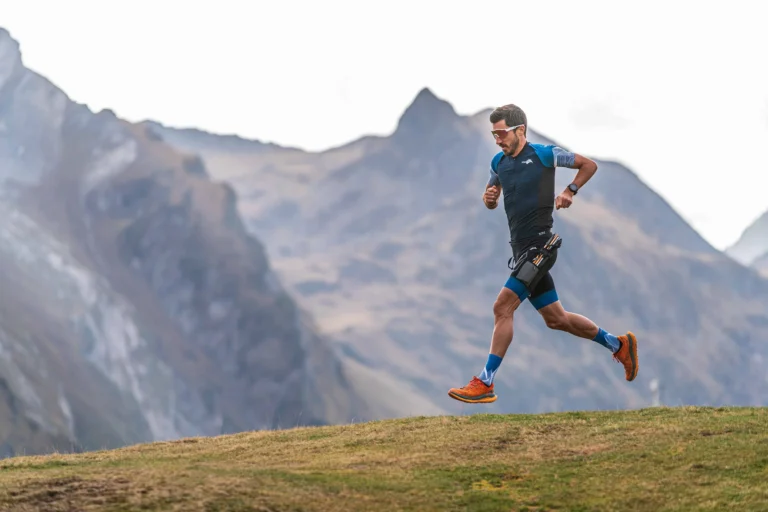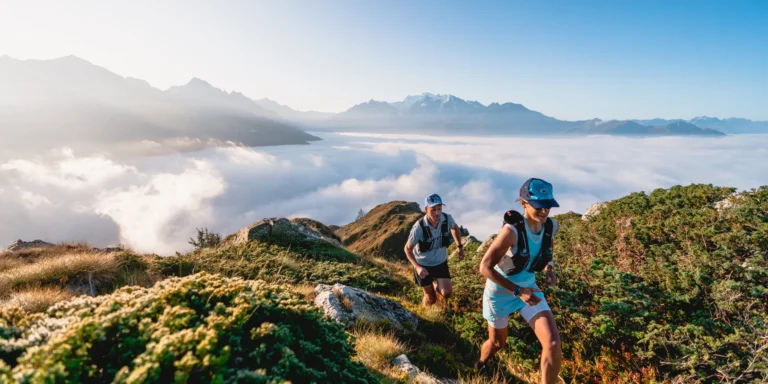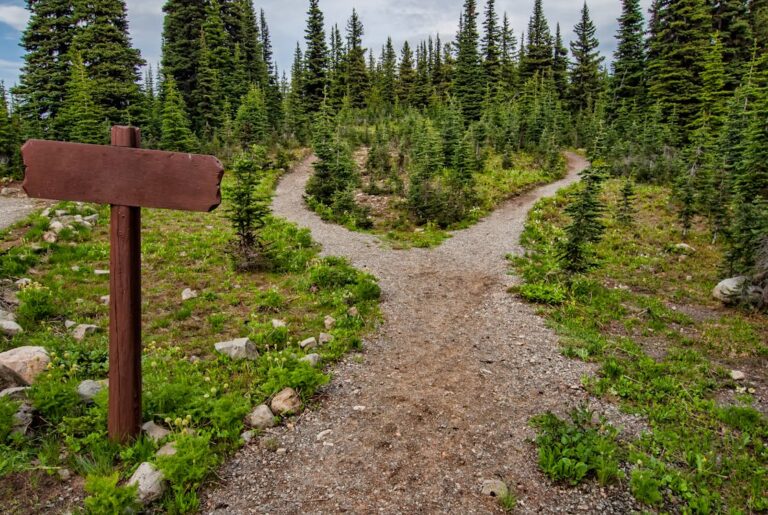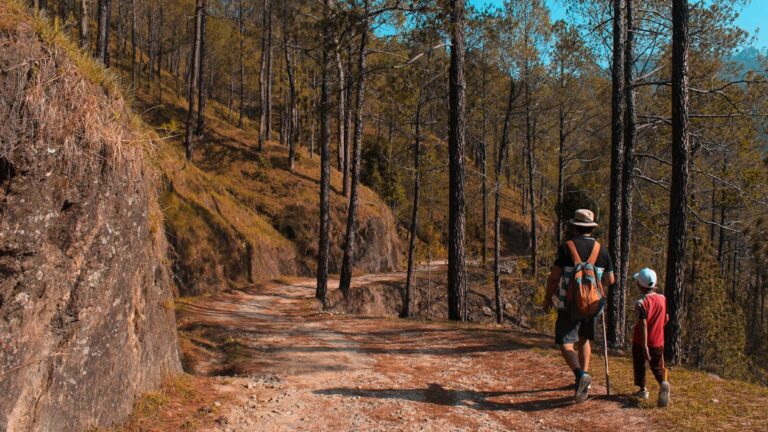What to Bring and What to Leave Behind on the Trail
Hiking is one of the most rewarding ways to spend time outdoors. It gives you a chance to disconnect from the noise of everyday life, enjoy scenic views, and challenge yourself physically. But whether you’re heading out for a short walk in nature or planning a full-day trek, the gear you carry can make or break the experience. Packing smart keeps you comfortable, safe, and light on your feet.
Things You Should Bring
Water
Hydration is the single most important part of any hike. Carry a reusable water bottle or a hydration pack. If your route is long, consider bringing a lightweight water filter or purification tablets so you don’t run out.
Snacks
The body burns a lot of energy while climbing, walking uphill, or crossing uneven paths. Pack light but nourishing snacks such as trail mix, nuts, energy bars, or dried fruit. They’ll give you a quick boost without weighing down your bag.
Footwear
The right pair of shoes can save your feet from blisters and help you stay steady on rocky paths. Hiking boots with ankle support are great for tougher trails, while durable sneakers can work for shorter, easier routes.
Navigation
Never rely on memory alone. Even familiar trails can be confusing when fatigue sets in. Carry a map, compass, or GPS app. If you’re using your phone, remember to bring a power bank in case the battery runs low.
First Aid Kit
Accidents on the trail don’t have to be serious to ruin the day. Small blisters, cuts, or scrapes can be handled quickly if you’re prepared. A basic kit with bandages, antiseptic wipes, and blister pads is usually enough.
Weather Protection
Conditions can change quickly outdoors. Bring sunglasses, a hat, and sunscreen for sunny days. If rain is possible, pack a lightweight waterproof jacket. Layering clothes is also smart—you can add or remove pieces as the temperature shifts.
Light Source
If your hike takes longer than expected, you’ll be glad you brought a flashlight or headlamp. Walking in the dark without one is both unsafe and stressful.
Multi-Purpose Tool
A small knife or tool can be surprisingly handy for opening snacks, fixing gear, or cutting rope.
Optional Extras
Trekking poles can provide extra balance on steep climbs, and a small sit pad or blanket is nice if you plan to rest along the way.
Respect for Nature
Bring a small bag for your trash and carry everything back out with you. Trails stay beautiful only when we all take care of them.
Things You Should Leave at Home
Heavy Electronics
Laptops, tablets, and large speakers add unnecessary weight. A phone for photos and emergencies is enough.
Bulky Clothing
Jeans, thick sweaters, and heavy jackets are uncomfortable to hike in. Choose lightweight, quick-drying fabrics instead.
Excess Food
Bringing too much food just adds bulk to your pack. Plan portions based on the length of your hike.
Valuables
Jewelry, expensive watches, and large amounts of cash should stay home. Losing them on the trail is an avoidable risk.
Strong Scents
Perfume or heavily scented sprays can attract insects. Stick with fragrance-free items when outdoors.
Glass Containers
They’re heavy, fragile, and risky to carry. Stainless steel or reusable plastic bottles are safer options.
“Just in Case” Items
It’s easy to overpack by imagining every possible scenario. Focus on essentials and avoid filling your bag with gear you’ll likely never use.
Final Thoughts
The goal of hiking is to enjoy the journey, not to struggle under the weight of an overloaded backpack. By bringing only what you truly need and leaving behind what adds unnecessary bulk, you’ll have more energy to focus on the trail, the scenery, and the sense of accomplishment that comes with every step.







